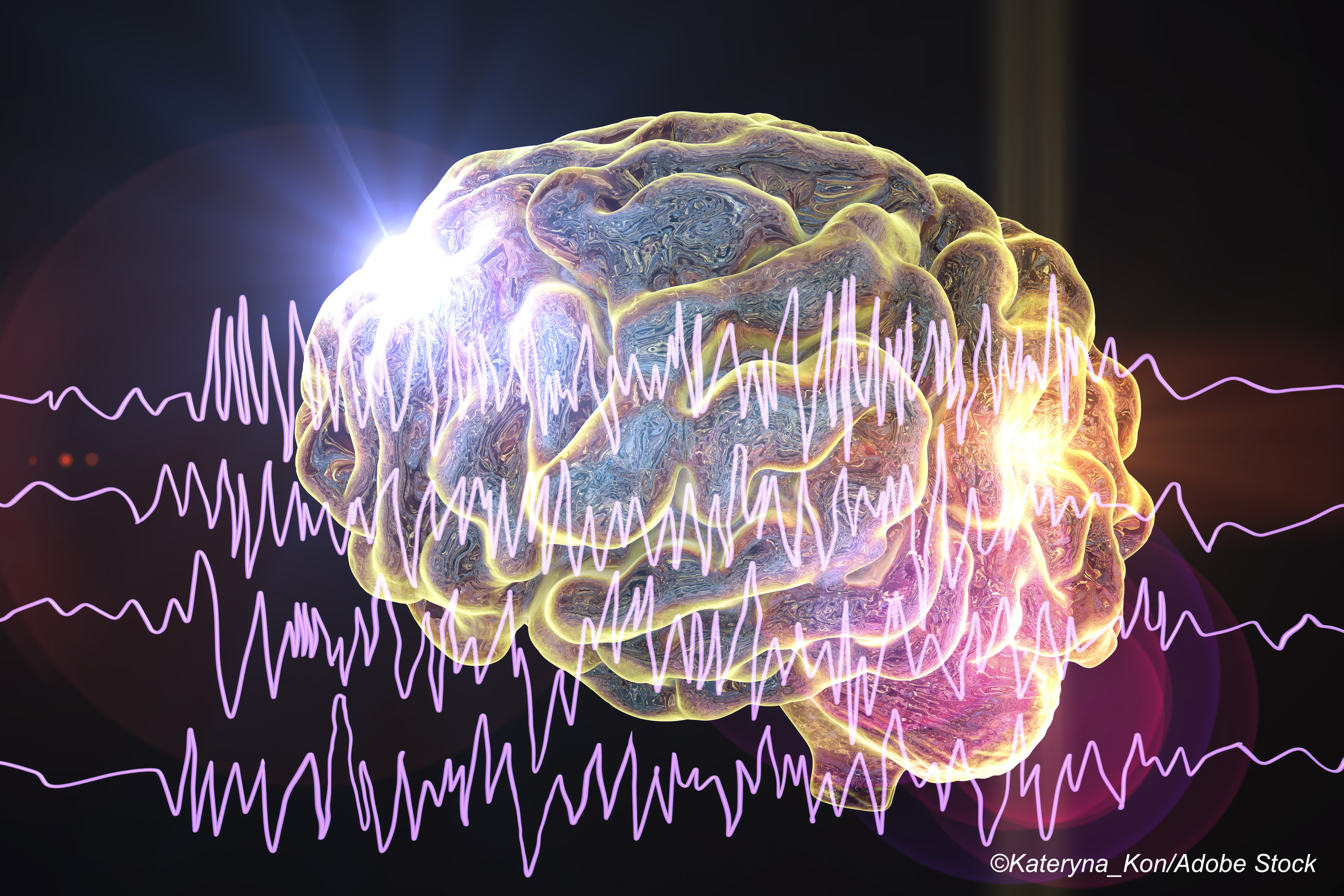Mortality of patients with post-stroke epilepsy varied by antiseizure drug, a population-based study in Sweden found.
“Our findings suggest that antiseizure medication selection is associated with survival among patients with a history of cerebrovascular disease and support the use of lamotrigine as a first-line drug,” wrote David Larsson, MD, of Sahlgrenska University in Gothenburg, Sweden, and colleagues in JAMA Neurology.
“Our findings regarding valproic acid indicate a need for more studies before which caution is advisable regarding use in this particular patient group,” they added.
The researchers compared treatment with carbamazepine (n=1,199) as a reference drug against other agents used to treat post-stroke seizures. Adjusted HRs for significant findings were:
- Lamotrigine (n=320) 0.72 (95% CI 0.60-0.86) for all-cause death, and 0.76 (95% CI 0.61-0.95) for cardiovascular death.
- Levetiracetam (n=354) 0.77 (95% CI 0.60-0.99) for cardiovascular death.
- Valproic acid (n=477) 1.40 (95% CI 1.23-1.59) for all cause death, and 1.40 (95% CI 1.19-1.64) for cardiovascular death.
Adjusted HRs for non-significant outcomes were:
- Levetiracetam (n= 354) 0.96 (95% CI 0.80-1.15) for all-cause death.
- Phenytoin (n=73) 1.16 (95% CI 0.88-1.51) for all-cause death, and 1.02 (95% CI 0.71-1.47) for cardiovascular death.
- Oxcarbazepine (n=46) 1.16 (95% CI 0.81-1.66) for all-cause death, and 0.71 (95% CI 0.42-1.18) for cardiovascular death.
Larsson and colleagues studied all adults in Sweden who had acute stroke from July 2005 to December 2010 and onset of epilepsy before Dec. 31, 2014. All participants (n=2,577) had stroke and post-stroke epilepsy and were treated with continuous antiseizure monotherapy, identified and quantified through prescription information. The cohort included 54% men; median age was 78.
The investigators defined post-stroke epilepsy as an ICD code for epilepsy, seizures, or status epilepticus more than seven days after stroke, and gauged stroke severity with a measure of activity of daily living dependence (need assistance toileting, dressing, or moving around indoors) that corresponded to a modified Rankin Scale of ≥4.
The median time from stroke to first seizure was 347 days and median follow-up from start of treatment to death or study end was 2.2 years (4.3 years for event-free patients). There were 1,550 deaths overall, with 63% considered due to a cardiovascular cause.
The highest three-year survival rate was seen for lamotrigine (0.62), then levetiracetam (0.55), oxcarbazepine (0.54), carbamazepine (the reference drug; 0.53), valproic acid (0.34), and phenytoin (0.32). By five years, survival differences remained significant for lamotrigine, valproic acid, and carbamazepine.
Significant model variables included age, sex, stroke type (intracerebral hemorrhage in 16%, ischemic in 84%), living arrangements before and after stroke; diabetes, statin use, and smoking.
“Our findings raise the possibility that specific antiseizure medications influence the risk of cardiovascular and all-cause death, although our study design does not allow causal inference,” the researchers wrote. “Altered vascular risk is suspected to be the main reason behind our findings.”
Treatment with enzyme-inducing antiseizure medications (carbamazepine and phenytoin) enhances metabolism of drugs commonly used in secondary prevention after stroke, including anticoagulants, calcium channel blockers, and statins, Larsson and co-authors pointed out.
In addition, antiseizure medications can be directly associated with markers of vascular disease. “For instance, carbamazepine and phenytoin have been associated with lipid abnormalities and increased levels of C-reactive protein, whereas valproic acid has been linked to weight gain, metabolic syndrome, and related endocrine abnormalities,” the researchers wrote.
“Irrespective of the selected antiseizure medication, the treating neurologist should be vigilant about risk factor intervention to modify general vascular risk,” Larsson and co-authors noted.
Both epilepsy and antiseizure medication use are associated with increased risk of sudden cardiac death. The FDA published a recent drug safety communication warning of possible pro-arrhythmic effects of lamotrigine. In 2021, an International League Against Epilepsy and American Epilepsy Society task force issued an advisory to help clinicians minimize cardiac safety risk with the drug.
“Our real-world investigation does not suggest that lamotrigine should pose a particular risk for patients with post-stroke epilepsy on a group level,” Larsson and colleagues observed. “Risk factors or biomarkers identifying those particularly at risk are needed.”
The researchers acknowledged that the study’s eligibility criteria (i.e., consistent use of a single antiseizure medication) means the cohort probably consisted of easy-to-treat patients. Study design also precluded assertions of causality, they noted.
-
Antiseizure medication selection was associated with survival among people with post-stroke epilepsy.
-
Based on the findings, the researchers supported lamotrigine to treat post-stroke epilepsy and cautioned about valproic acid in this setting.
Paul Smyth, MD, Contributing Writer, BreakingMED™
Research was supported by the Swedish state under the ALF agreement, the Swedish Society of Medicine, the Swedish Society of Medical Research, the Linnea and Josef Carlsson Foundation, the Göteborg Medical Society, and the Magnus Bergvall Foundation.
Larsson had no disclosures.
Cat ID: 8
Topic ID: 74,8,730,8,38,192,925



